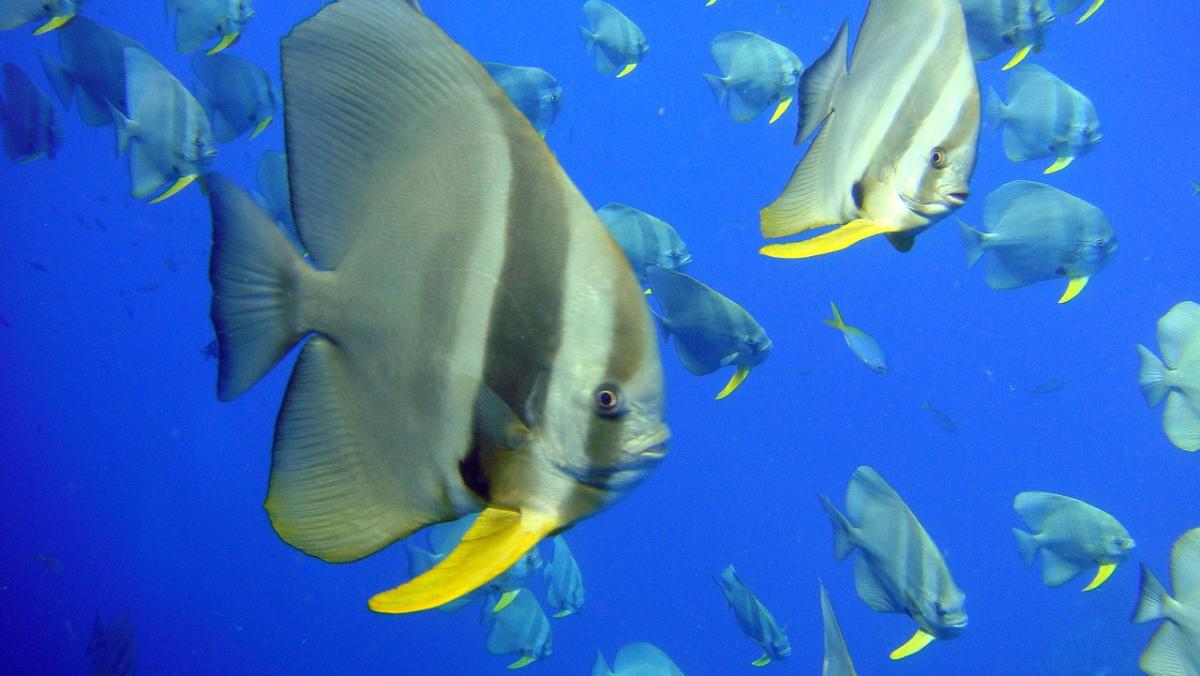
Camo Critters
by Sarah Bailey
Students will learn about the adaptation of camouflage through picture books and research. They will then learn about animals specific to the area. (In this lesson, we are using the Bill Williams National Wildlife Refuge between Parker and Lake Havasu, but this can be modified to any area.) Students will participate in a fun outdoor simulation of a bird collecting worms. Students will graph the color of worms that were collected to analyze how well color camouflage worked in the simulation. Then, they will create their own "critter" designed to blend into their local environment. The class will take their "camo critters" to their outdoor location and photograph their creation in their habitat. Finally, you can create a class slide show to showcase their work.
Lesson Grade Level
2nd GradeLesson Plan Link/URL
https://docs.google.com/presentation/d/11oFSEnGZZUa7LYyyni9tDrSYva7mLZvP/edit?u…Subject Area
Science Life Science L2: Organisms & Energy Technology 3. Knowledge Constructor Engineering S2: Apply the Engineering Design Process Mathematics Measurement and Data (MD) English Language Arts (ELA) Reading (Informational Text) Writing
Featured
Off
Related Content

Grades:
6th Grade
Students will go through the process of counting pumpkin seeds and analyzing data through mean, median and mode as well as creating correlating graphs. Students will learn what causes fruit

Featured
Pumpkin Jack Part One
Grades:
4th Grade
This lesson includes fourth grade reading, writing, math, science, and engineering standards. The potential is endless with additional enrichment activities. Students participate in the nurturing and

Grades:
2nd Grade
In this lesson, students learn about seals. They will listen to a story about orcas and what they eat. Next, they plan and build an island for the seals to get away from the orcas. Finally, students